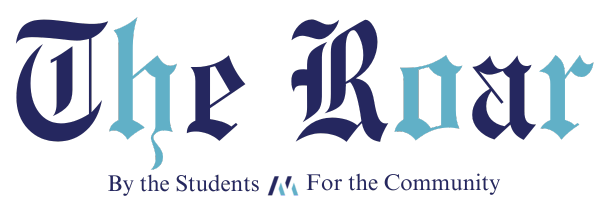On Monday May 2, students and faculty gathered for a Holocaust memorial town meeting in the theater. Several multimedia and musical presentations by students and faculty culminated in a candle-lighting service in Wildcat Plaza and a tree-seed planting in the garden there, an idea by Ms. Debra Sokolow, art teacher. Rabbi Gordon Bernat-Kunin, rabbinical director, closed the town meeting by calling on students to assemble in the plaza for the rituals, which he suggested represented a symbolic transition from reflection to renewal in the Holocaust memorial process. During mid-March students currently living in Israel as part of the Tiferet Israel Fellowship program participated in a unique Holocaust studies academic experience. Below is an opinion piece describing this experience first-hand.
Rachel Kaye
Staff Writer
Reporting from Israel – From March 15 to 17 each Tiferet Core class did an in-depth study of the Shoah. I came into this experience thinking that I was very knowledgeable about most aspects of the appalling genocide committed against my family and the Jewish people. But this was definitely not the case.

That Tuesday we had class from 8:30 A.M. to 9:00 P.M. This was one of the most intense days of learning that I have ever had in my life. Our day of learning was divided into four different time periods: 1933-1939, which marked the period when Hitler rose to power, 1939-1941, when World War Two began and the Ghettos were established, 1941-1945, when the mass exterminations took place, and 1945, the conclusion of World War Two.
In the middle of the day, Noah Kieger, an Israeli survivor of Auschwitz, came to speak to the delegates about his incredible story of perseverance in a time of adversity. He told us about how an SS soldier saved his life by telling him and his friend to jump off a transfer cart heading to Auschwitz. Unlike my Grandparents’ families, his immediate family survived the camps. This was considered to be a very rare possibility. I was amazed at how positive his spirits were and how dedicated he was to educating young people on the atrocities of the Holocaust.
I feel as though I was able to understand the Holocaust much better, due to my maturity. And, I definitely gained a deeper understanding of the Holocaust after visiting Yad Vashem in the context of the Milken Tiferet program.
On Wednesday March 16, we traveled to Lochamei Haghetto (the Fighters Kibbutz). This Kibbutz, along with its museum, was founded by the fighters in 1949 and is currently dedicated to the concept of resistance: it teaches young people to fight for what is moral and to not give up on important values.
We learned about various important figures who were able to fight back during the Shoah. Some Jews employed spiritual resistance, such as Philip Yuler. He was a famous Jewish violinist living in a concentration camp. He was asked to come to a Nazi lunch and show off his musical talent with a performance. He recalled his satisfaction at the fact that the Nazis couldn’t fully enjoy his music because he smelled horrible from lack of proper hygiene. Another prominent figure was Mordecai Levitch, who led a group of Jews out of the ghetto through a sewage system. He was one of the sole survivors of that group and one of the founders of the Kibbutz.
In the Kibbutz, we also learned about the trial of Adolf Eichmann. After the war, he found a way to escape with the help of a Nazi group. He was given a false identity, and moved to Buenas Aires, Argentina. Simon Wiesenthal helped to track down where Adolf Eichmann lived. In 1961, he was brought to trial in Jerusalem. After this trial, Holocaust survivors who had previously been reluctant were no longer ashamed to tell their horrific stories.

On Thursday, we spent the day at Yad Vashem in Jerusalem. I had been there five years ago with my family. I was shocked to see how much the museum had changed. I remembered the museum as being much more graphic and disturbing to me. I feel as though I was able to understand the Holocaust much better, due to my maturity. And, I definitely gained a deeper understanding of the Holocaust after visiting Yad Vashem in the context of the Milken Tiferet program.
These past three days have been an emotional strain on me for a number of reasons. My great Grandparents and several other members of my family were murdered in the Shoah. This forever impacted my Grandma Lisa’s life and consequently the life of my mother and her sister, my life, and the life of my siblings. I can’t come to terms with how human beings were capable of acting so utterly inhumane towards others out of irrational and groundless hatred. Despite the emotional strain that these past few days have created, I believe it was essential to be educated about the adversity our people experienced in Europe during World War II and our ability to spiritually overcome the trauma of those horrific events.




Cassie Schmidt • May 18, 2011 at 9:29 pm
rachel!
this is a great article! i love your insight and reflection on the Holocaust and it made me remember going to the different places you mentioned and the impact they had on me as well. great job!! 😀
Vonsty • May 6, 2011 at 9:52 am
great article!